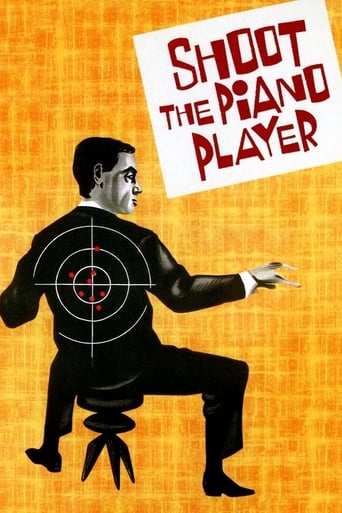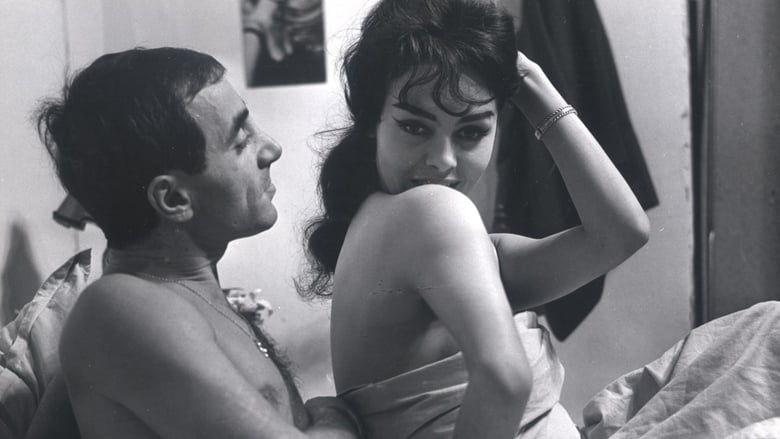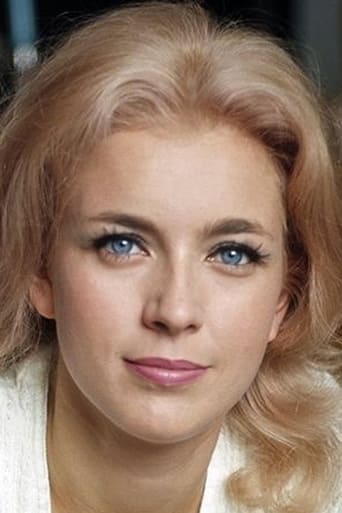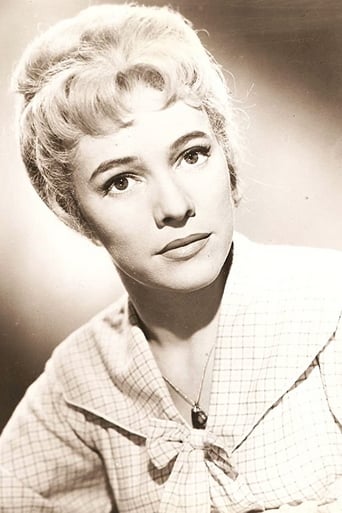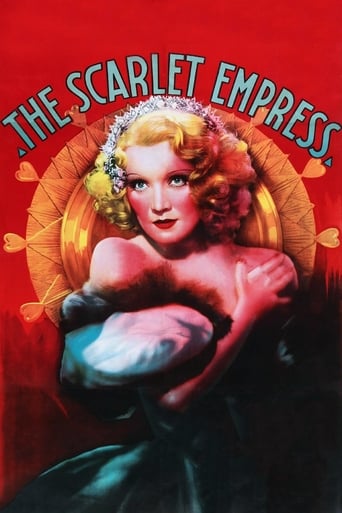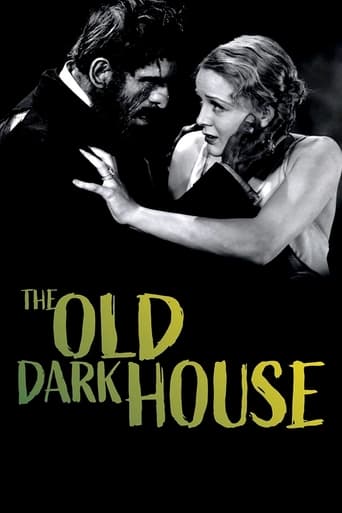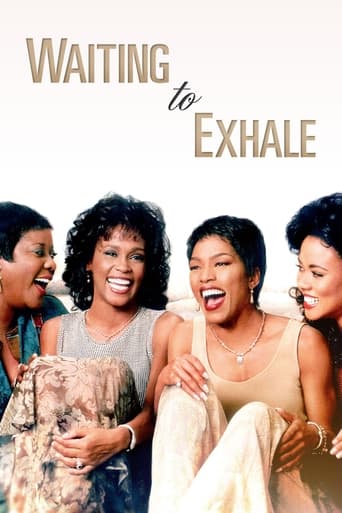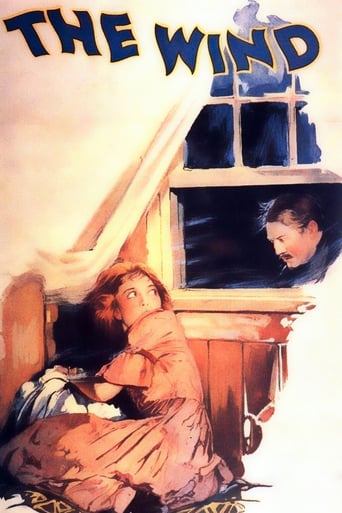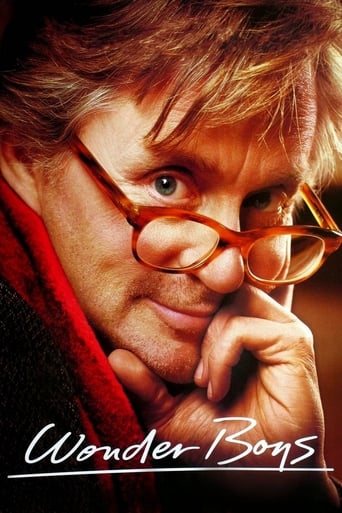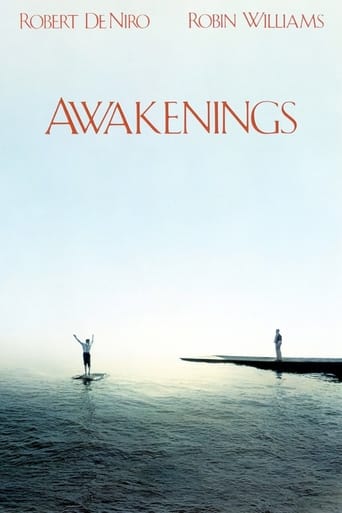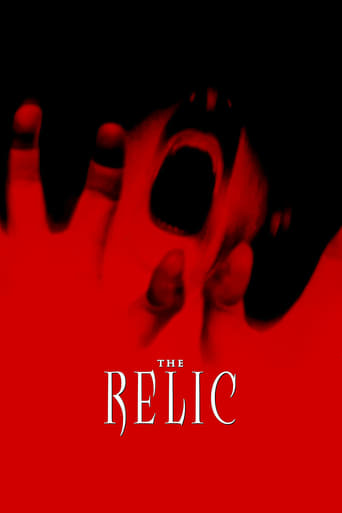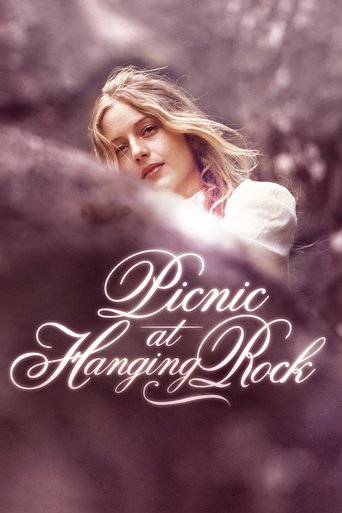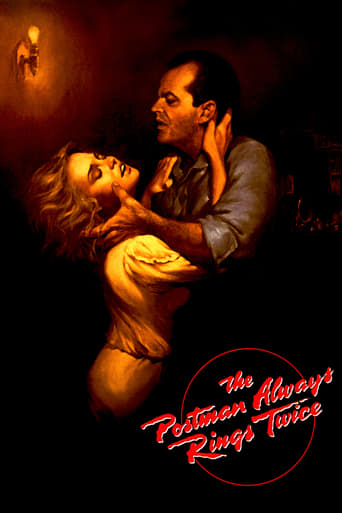Shoot the Piano Player (1962)
Charlie is a former classical pianist who has changed his name and now plays jazz in a grimy Paris bar. When Charlie's brothers, Richard and Chico, surface and ask for Charlie's help while on the run from gangsters they have scammed, he aids their escape. Soon Charlie and Lena, a waitress at the same bar, face trouble when the gangsters arrive, looking for his brothers.
Watch Trailer
Cast


Similar titles
Reviews
Very disappointing...
The movie's not perfect, but it sticks the landing of its message. It was engaging - thrilling at times - and I personally thought it was a great time.
The film's masterful storytelling did its job. The message was clear. No need to overdo.
A film of deceptively outspoken contemporary relevance, this is cinema at its most alert, alarming and alive.
Worldwide critical and commercial success following Francois Truffaut's debut feature The 400 Blows, left him free to tackle almost anything for his sophomore feature.After being smitten with Charles Aznavour after seeing him perform in a play "The Keepers", Truffaut knew he had to cast him in a feature film to play a version of himself. After making a biographical film covering his youth with his debut film, Truffaut sought to express other aspects of his personality. Truffaut saw himself as "often anxious, pessimistic, a pathologically shy seducer", and thought that Charles Aznavour could embody those personality traits with ease. Truffaut saw Aznavour as being able to provide the character with a vulnerable humility and graciousness that could mirror Truffaut's. It did not go without notice that, once again, Truffaut even cast a person that looked like him in a role playing a version of himself. In the case of Aznavour, he and Truffaut even shared mannerisms, with both being expressive, vivacious, excitable and anxious, elegant, yet iron-willed. Truffaut first became interested in Down There, the novel by David Goodis, because he was intrigued by the story, which read like a fairy tale given the noir treatment. Truffaut saw the text as a detective-like thriller, but also an intimate novel, a blending of themes he felt he could illustrate onscreen. Seeking to test his range as a filmmaker, Truffaut wanted to make a film in stark contrast to The 400 Blows with his second feature which began shooting in November of 1959. With double the budget he had to work with on The 400 Blows, Truffaut was free to be creative and expressive with experimentation on the set of Shoot the Piano Player. Being as the film involves a pianist, Truffaut injected the musical elements of the story into the narrative by often changing tempo to make the film more musical. The initial reviews on Shoot the Piano Player were mixed which greatly depressed Truffaut and began to undermine his confidence. The negative box office draw left Truffaut thinking of the film as a dreadful failure. The years have been kinder to Shoot the Piano Player than Truffaut was, as it is now regarded not only among the best of his films but among the best examples of French New Wave.At the heart of the film, Shoot the Piano Player is about Charles Aznavour's characterization of a sentimental hero. Feeling culpable after his wife's suicide, Charlie Kohler has given up his life and career as a concert pianist for dive bars and an escape from the world. His commitment to keeping himself isolated works for Charlie, until his brother, Chico (Albert Rémy) quite literally, crashes into his life after getting himself into trouble with two gangsters. Chico is on the run and looking to Charlie for help. Charlie helps Chico escape, but not without turning the attention of the gangsters onto himself. Charlie doesn't mind taking the heat until his younger brother Fido (Richard Kanayan) gets involved. Fido had been under the care of Chico and had adopted many of his delinquent behaviors. When everyone Charlie loves becomes entangled in his brother's criminal affairs, Charlie has to abandon his cautious shyness and take action, to disastrous results. Who can blend slapstick comedy, a doomed romance, and gangster thriller? The answer is Francois Truffaut, but that combination of such starkly different dramatic tones is what critics responded negatively to upon its initial release. The overwhelming cloud of melancholy hanging over the film makes the audience immediately sympathize with our sentimental hero, Charlie. We're given the impression that he has accepted his life as a depression-filled existence with moments of bliss, not unlike a Woody Allen film. The frenetic energy from the very beginning of the film pulls the audience in and never lets go. All intrigue and sense of mystery is instantly established with the panicked running of Chico through the streets, as the audience is unaware of where he is running to, or who he is running from. After crashing into a light pole, Chico takes the time to have a conversation with a married man to discuss the benefits of marriage. This interaction not only informs the audience of one of the themes in the film, loss and the relationships that enhance human life. In addition to Truffaut offering Shoot the Piano Player as an homage to American gangster films, he also pays tribute to slapstick and silent films. The scene in which Fido and his friends are shown running up the stairs of an apartment building to throw milk out the window on a car below is beautifully sped up and cut in such a way that one is reminded of a Buster Keaton gag. The opening of the film with the camera focusing on the inner workings of Charlie's piano while the beautiful music he plays is heard is a brilliant way to be introduced to the softness of Francois Truffaut, and the loving treatment he gives his characters. The score in itself is amazing and lends itself greatly to the tension building, while also providing an insight into Charlie's life. I purchased the score immediately after finishing the film, and have been blissfully listening to it, practically on repeat. Francois Truffaut was an avid fan of music and took sincere care in crafting his score selections around his films. All innovative aspects of The French New Wave I love are present in Shoot the Piano Player. The jump cuts, the overlays, the freeze-frames, and the experimental editing all come together to prove that Shoot the Piano Player is a dazzling part of The French New Wave despite its initial reception. If you've been following my trip through Francois Truffaut's filmography this month, you're probably tired of hearing me discuss the amount of heart found in each of his features. The autobiographical elements, coupled with the graceful way Francois depicts his characters shows his deep level of respect for the human condition. Truffaut lays bare his troubles with interpersonal relationships and his longing for love in each of his films. He covers heartbreak, especially, in a touching way. We feel the pain of our sentimental hero as the camera lingers on his face, highlighting his disappointment about his predicament but leaving a glimmer of hope toward the future. Shoot the Piano Player exposes various aspects of Truffaut's own identity; the film is fun and energetic, mysterious, and most importantly richly humanist making clear the fact that Francois Truffaut made this film for no one other than himself, the audience is just lucky enough to be able to experience it, too.
Francois Truffaut's second feature, TIREZ SUR LE PIANISTE ("Shoot the Piano Player") is ostensibly an adaptation of a gritty noir crime novel by David Goodis. As the film opens, we see Chico (Albert Rémy) running through the dark streets of Paris from an unseen assailant. Chico enters a bar where his brother Charlie (Charles Aznavour) works playing piano in the evenings to dancing patrons. The one brother begs the other for help, "I've got to elude two criminals I scammed out of money," says Chico. Charlie is reluctant to get involved in his brother's sordid affairs, but he ends up doing that anyway, along with the bar's waitress Lena (Marie Dubois). As romance blossoms between Charlie and Lena, we flash back to an earlier time in his life when he was an aspiring concert pianist, a career path that was ultimately abandoned after tragic circumstances.Truffaut had made a big splash with his debut LES 400 COUPS ("The 400 Blows") a year earlier in 1959, which inaugurated the French New Wave with its innovations and flaunting of rules that defied the staid French filmmaking tradition of the preceding years. Still, LES 400 COUPS doesn't seem particularly disruptive to audiences today. It is with TIREZ SUR LE PIANISTE that we find truly zany and fearless storytelling. The jump cuts, voiceovers, sexual frankness, and critique of the new consumerist society make it readily comparable to the early work of Truffaut's friend Jean-Luc Godard, as does the use of a crime novel as a mere plot skeleton around which the filmmaker could introduce his own concerns.In fact, the wildly swinging tone of the film is jarring. One minute it's jovial: when Charlie and Lena are kidnapped by the two men pursuing Chico, instead of a realistically threatening scene the four of them crack jokes like old pals. And yet at other points the film is full of true pathos: death, failed relationships, shattered dreams.Charles Aznavour was a legendary French crooner. (In fact, he still is, still giving concerts as I write this as he approaches a hundred.) Singers don't always make good actors, but here Aznavour is brilliant. Diverging from the source material, Truffaut choose to make Charlie introverted and full of self-doubt, and Aznavour's expressions and gestures perfectly capture this sympathetic character.While my own tastes in the French New Wave run to Godard more than Truffaut, I enjoyed this film. A lot of the humour is still effective today. With the intertwined plots of fleeing from criminals, budding romance, and flashback to days of yore, SHOOT THE PIANO PLAYER seems to have a lot more than its merely 81-minute running time.
Shoot the Piano Player (1960) has quite the generic pedigree, spitting in the face of genre altogether: it is part gangster movie, part slapstick comedy, part melancholic romance. I suppose this bizarre hybridity is partially responsible for the movie's poor performance critically and commercially upon its original release. Yet none of these contrasting elements clash, making for one of the most unique and wildly entertaining movies of the French New Wave. I'll applaud any movie which can make me laugh my head off one minutes and then leave me contemplative and sad the next. It must be seen to be believed. The director Francois Truffaut was a true treasure and it saddens me to this day that we lost him too soon.
Charlie Kohler, a pianist at a Parisian dive, lives in obscurity. As the story begins, he is visited by one of his brothers, Chico, who is being followed by two gangsters that want to talk to him about the money he took from them. Naturally, Charlie becomes also a target for these characters who figure they can get to Chico through his brother.A loner, Charlie lives alone with his younger brother Fido. His neighbor is an attractive prostitute, Clarissa, that hangs around in the place where Charlie plays. Lena, a shy woman that also works there, likes Charlie. The attraction is there but neither Charlie or Lena make the right move to consummate what they feel for one another. We watch them go into the empty Parisian streets late at night but nothing happens between them, until Clarissa points to her friend that Lena cares for him.As Charlie and Lena begin to get intimate, Charlie thinks about another life he had with Therese. He was an aspiring the classic concert Edoard Saroyan, an artist with a fine future. What he is not aware of is the sacrifice Therese underwent in order to get him into the spotlight. The impresario Lars Schmeel, he learns, knew Therese in more intimate ways. Her sacrifice was what took Edoard to a fame that was, in part, due not to his talent, but as someone's desire to possess something that was his. Therese pays dearly for her actions.The gangsters finally get to Charlie by kidnapping Fido after school and taking him to the place where Chico and Richard Saroyan are hiding. Knowing that Clint, the bar tender's betrayal proves fatal as Charlie wants to avenge his telling his brother's chasers about their whereabouts. Lena, borrows the landlady's car to go after the criminals; in the end, Charlie stands alone as Lena is killed during a shootout.The second film by Francois Truffaut was a memorable one. Not having seen it for quite some time, we took a chance to do so when it showed up on a classic film channel recently. The film appears to have been restored with care. We loved Raoul Coutard's brilliant black and white cinematography. Taking the camera to the streets was a trade mark of the New Wave filmmakers, Truffaut accomplishes an incredible atmosphere by the tour he gives us of those out of the way places of Paris where he sets the action. The film is based on a novel by David Goodis. A lot of French creators saw in this native American pulp writing a good source in which to base their work.Charles Aznavour plays the double role of Charlie/Edoard with an economy of gestures. Yet, both men being portrayed in the film show this man could have been a natural for the cinema, had he decided to take more roles instead of a splendid career as a singer. Marie Dubois, Nicole Berger, and Michelle Mercier are seen as Lena, Therese and Clarissa, respectively. Albert Remy was excellent as Chico.

